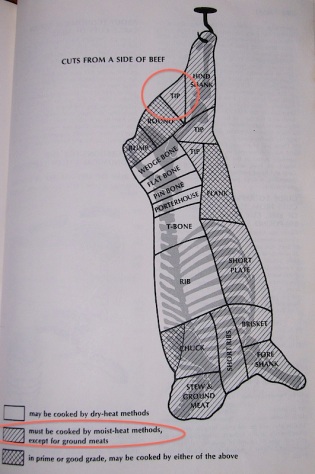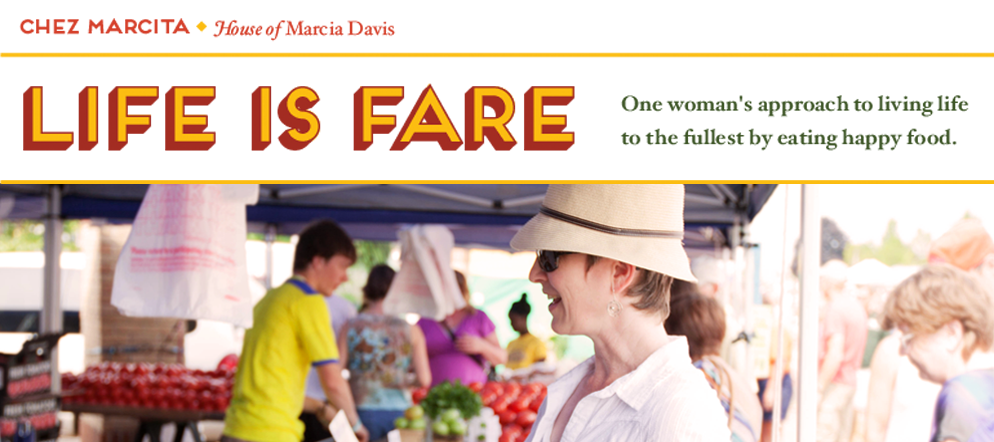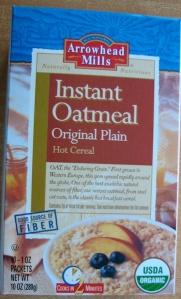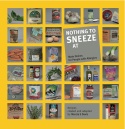 So the last time I made Sirloin Tip Roast I let myself be inspired by dry-heat cooking methods, even though my heroine, Irma Rombauer of The Joy of Cooking, literally shows us in black and white that this meat cut deserves moist heat.
So the last time I made Sirloin Tip Roast I let myself be inspired by dry-heat cooking methods, even though my heroine, Irma Rombauer of The Joy of Cooking, literally shows us in black and white that this meat cut deserves moist heat.
When Bill and I ate it, the meat did seem a bit dry, but I figured at the time that the lean-ness of grassfed meat had a lot to do with the end result.
This time I decided to stick with Irma’s suggestion. I found a recipe on Food.com that called for a dry heat method, i.e., roasted uncovered in the oven, but you also add water and wine to the pot. I loved the idea of rubbing the roast with Dijon mustard—which is really yummy on prime rib—but I decided not to add it because I was going to put a lid on my Dutch oven and that wouldn’t make the mustard nice and crispy like on prime rib. It turned out to be the right approach.
The recipe is simply called Sirloin Tip Roast. As the diagram above shows, this cut is either adjacent to the rump, the flank, or the shank of the cow. And for grassfed beef, it’s extremely lean so cooking time must be reduced.
I followed the beginning of the recipe by taking the roast out of the fridge an hour ahead of time, then sprinkling it with salt and pepper.
Then I poured olive oil in the bottom of my Dutch oven and browned the meat on all sides.
Afterwards, I cut slits in the meat and added sliced garlic cloves, then poured 1/2 a cup of water and 1/4 cup of dry red wine into the pan. Like I said, I skipped the mustard. And, I basically skipped the rest of the ingredients except for some fresh chopped rosemary.
Even when a recipe calls for a rack, I never use one because I don’t own one. Sure, it might be a good idea sometimes, but I don’t want to wreck my pans and I seemed to have done just fine so far without one.
I put the 3-lb. roast in a 325-degree oven with the lid on for just 1 1/2 hours.
I believe it was more moist than last year’s recipe. Served au jus alongside roasted root vegetables, it made a delicious autumn meal—and great leftovers during the week!




























